For many mums, it can be worrying when their expressed breast milk suddenly smells or tastes differently. Sometimes, high lipase activity in breast milk is the culprit behind this change. Lipase is an enzyme found in breast milk that is beneficial for your little one’s digestion. However, when this enzyme breaks down the fats in your milk a little too quickly, it can lead to a soapy or metallic flavour. [1]
You might be worrying that your little one won’t take your high-lipase milk or that it’s no longer safe for feeding. But don’t fret—you’re not alone in this experience. The good news is, there are ways to handle it so your baby can still enjoy your expressed breast milk.
How to Know if You Have High Lipase Breastmilk
Not all sour-smelling milk results from high lipase. So, before considering high lipase as the cause of your breast milk's changing odour and taste, make sure your pump parts and milk container are thoroughly cleaned after each session. Also store your expressed milk immediately after pumping.
If the odour remains in your following batches of expressed milk, then do this simple test at home:
Set aside your breast milk and let it sit for a day or two in the freezer or refrigerator. If your freshly expressed milk tasted or smelled fine before refrigerating it and then turned soapy or metallic after a few days or hours, it’s likely that you have high-lipase breast milk.
Why Do You Have High Lipase in Breastmilk
Everyone produces lipase. Some women, however, naturally have higher levels of lipase activity, which means the fat breakdown in the milk happens more quickly. This causes the expressed milk to smell sooner—sometimes even after just a day. While this can be frustrating and worrying, having high-lipase breast milk doesn’t mean anything is wrong with you or your breast milk.
Is High-Lipase Breastmilk Good for the Baby?
There’s no evidence that high-lipase breast milk is unsafe for your baby. Lipase plays a key role in breast milk to break down fats, making it easier for your baby to digest and absorb essential nutrients. While lipase-rich breast milk may have a soapy or metallic taste, your little one will still receive its nutritional benefits.
 How to Get Your Baby to Drink High-Lipase Breastmilk
How to Get Your Baby to Drink High-Lipase Breastmilk
You might think of throwing away your liquid gold once you notice that soapy or metallic taste, but don’t give up just yet! There are various ways you can try to get your little one to drink your high-lipase breast milk:
-
Scald the milk. Heat the expressed milk in a pan or a bottle warmer (at no more than 180℉ or 82℃) until bubbles form, but be careful not to boil it to prevent destroying the nutrients. Then, cool the milk in an ice bath immediately before storing it in a refrigerator or freezer.
-
Lower the pump's pressure and speed. Researchers found that lowering the pump’s pressure and speed improves the odour of the breast milk. [2] Mumilk’s Breast Pumps have adjustable settings that allow you to adjust your speed and suction levels accordingly, making it easier for you to store fresh-tasting milk for your baby.
-
Balance it out with freshly pumped milk. Mix your stored breast milk with a freshly expressed one to help balance out the flavour. This can dilute the high-lipase milk’s soapy or metallic taste, making it more palatable for your little one.
-
Mix it with solid foods. If your baby is old enough to eat solid foods, you can mix your high-lipase milk with their meals. You can blend it into cereals, oatmeal, and smoothies so your little one can still benefit from your breast milk’s nutrients without noticing the change in flavour.
How to Store Lipase Breast Milk Properly
Store your breast milk in BPA-free storage bags with a clear label indicating when it was expressed. Avoid filling them to the brim, and leave about an inch of space to allow the milk to expand as it freezes.
The Academy of Breastfeeding Medicine also recommends the following guidelines on how long you can store your breast milk under different conditions: [3]
|
Breast Milk |
Room Temperature (60-85℉ / 16-29℃) |
Refrigerator (40℉ / 4℃) |
Freezer (0℉ / -18℃) or colder |
|
Freshly expressed breast milk |
4 hours (optimal) Can be stored for 6-8 hours in clean environments |
4 days (optimal) Can be stored for 5-8 days in clean environments |
6 months (optimal) Can be stored for up to 12 months |

Making High-Lipase Breastmilk Work for Your Baby
Every mum’s breast milk is unique, and lipase-rich milk is just one of those variations. If you notice that your breast milk has a different taste or smell, don’t panic! Try some of our recommendations to get your little one to drink your high-lipase breast milk. And if you’re ever unsure, reach out to your lactation consultant or paediatrician so you can navigate any feeding challenges with confidence.
FAQs
1. Why does my breast milk smell sour after pumping?
Various factors can impact the odour and taste of your breast milk, including the food and medications you’re taking, how and where you store your milk, and its lipase activity. High lipase in breast milk commonly causes a sour or soapy smell. The longer breast milk is stored at room temperature or in the refrigerator, the higher lipase it will have.
2. How do you treat high lipase levels?
There isn’t a way to reduce or treat high levels of lipase in breast milk since it’s a natural enzyme your body produces. However, you can manage the effects on the taste and odour of the milk by scalding it. Scalding your freshly expressed milk deactivates the lipase enzyme, preventing it from altering the taste. However, keep in mind that scalding milk may reduce some of its anti-infective properties and nutritional value.
3. How do I know if my breast milk is making my baby sick?
Pay attention to how your baby reacts to breast milk after feeding. If they seem fussy or gassy, or if they’re drawing their legs up due to tummy pain, crying, or refusing to take your breast milk, consult your paediatrician immediately.
4. Does freezing milk cause high lipase?
No, high-lipase activity in breast milk isn’t necessarily caused by freezing, but rather by the time it sits out before feeding. The longer high-lipase breast milk is set aside, the more likely it is to change in smell or taste. It’s best to feed your expressed breast milk as soon as possible to minimise this effect and preserve its taste.
5. How can you tell the difference between high-lipase milk and spoiled milk?
Signs of high lipase in breastmilk typically include a soapy or metallic taste and smell, but it is still safe for your baby to consume. Spoiled breast milk, on the other hand, has a rancid or distinctly unpleasant smell or taste that may indicate bacterial contamination. It may also look whitish or yellow in contrast to its original homogenous appearance, with clumps or unusual texture. If you’re unsure, you can always do a small taste test to distinguish between the two.




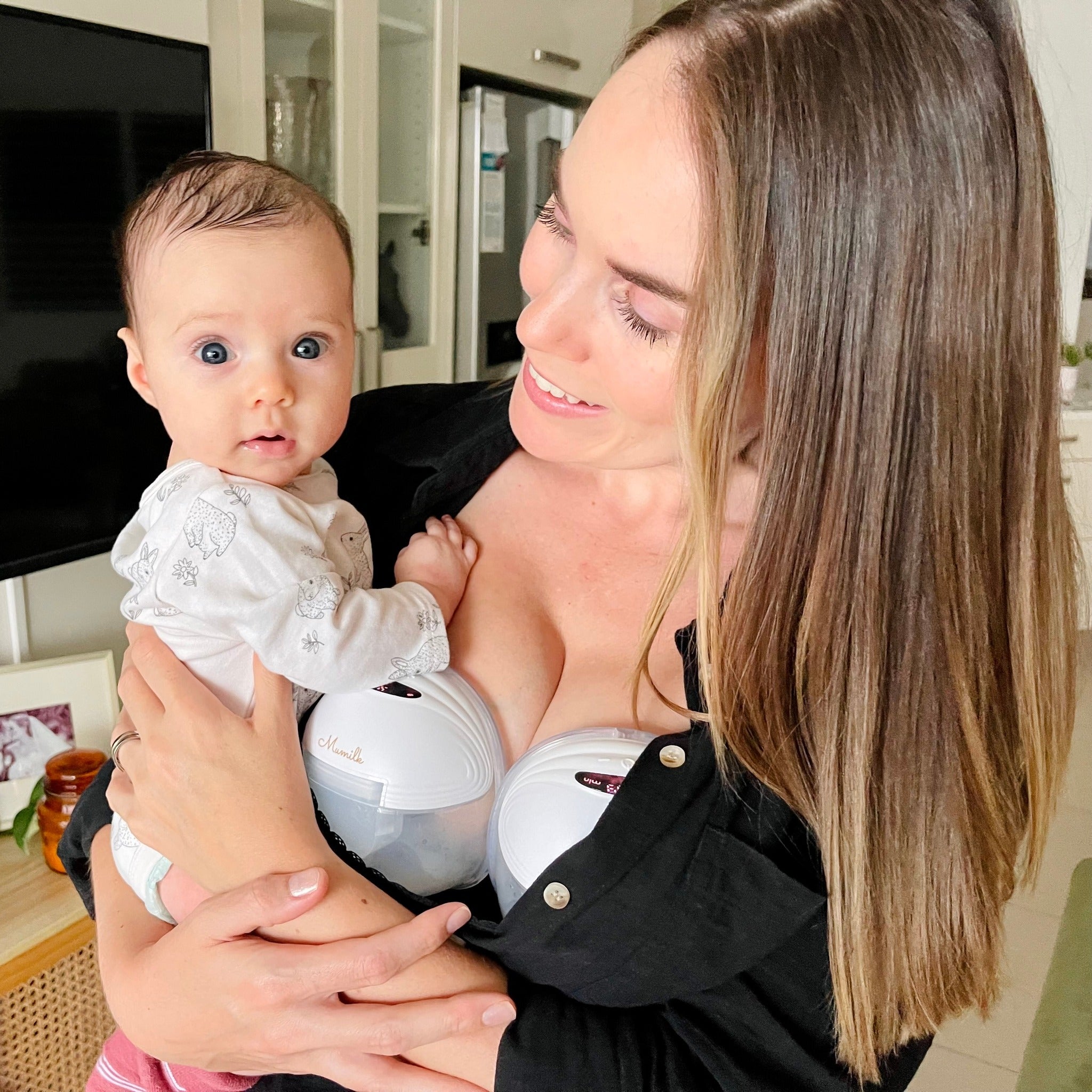
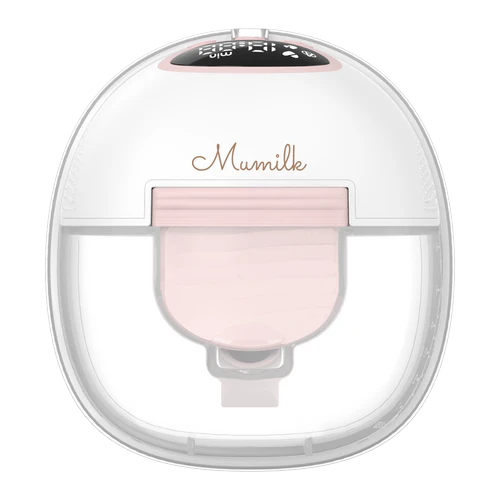
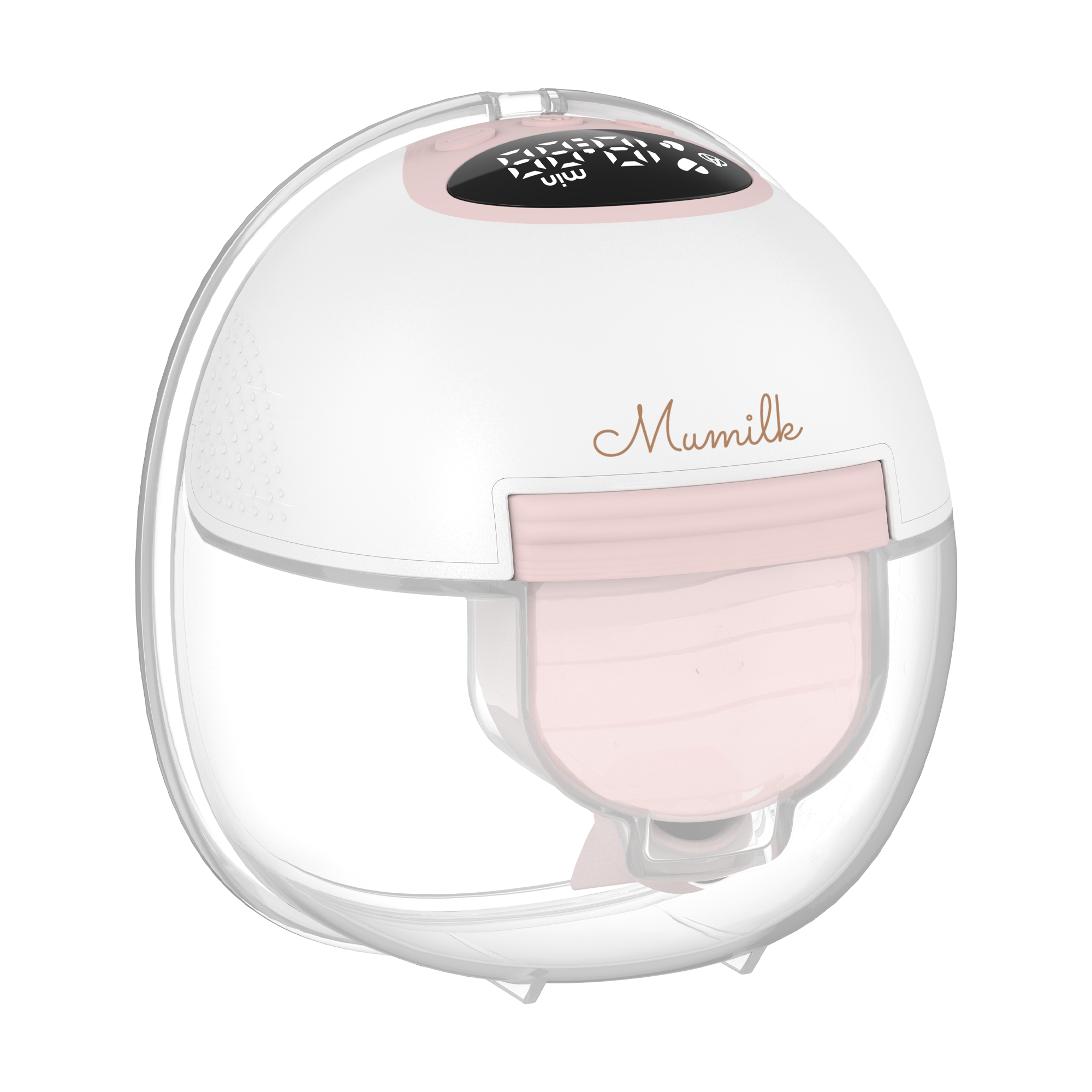


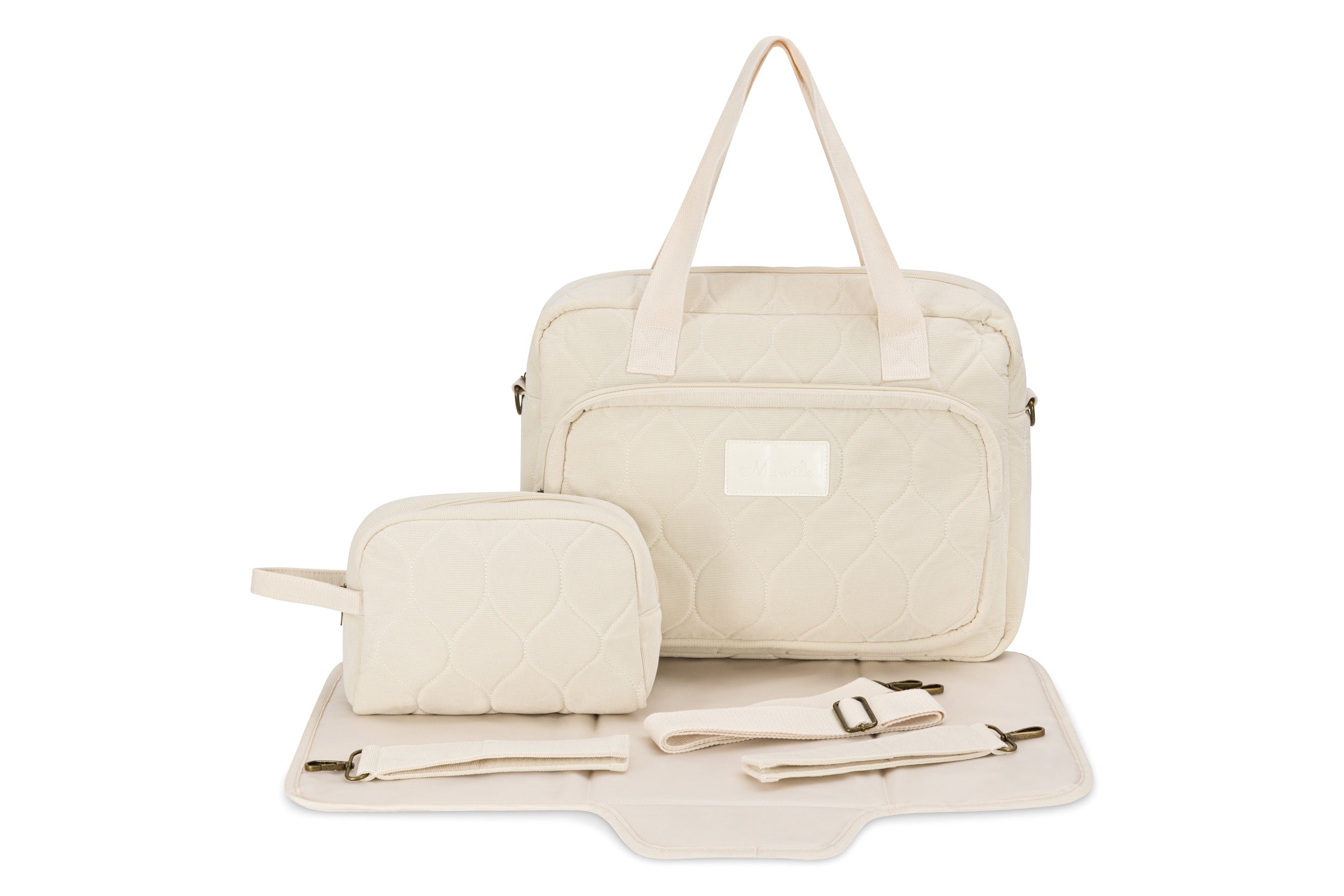
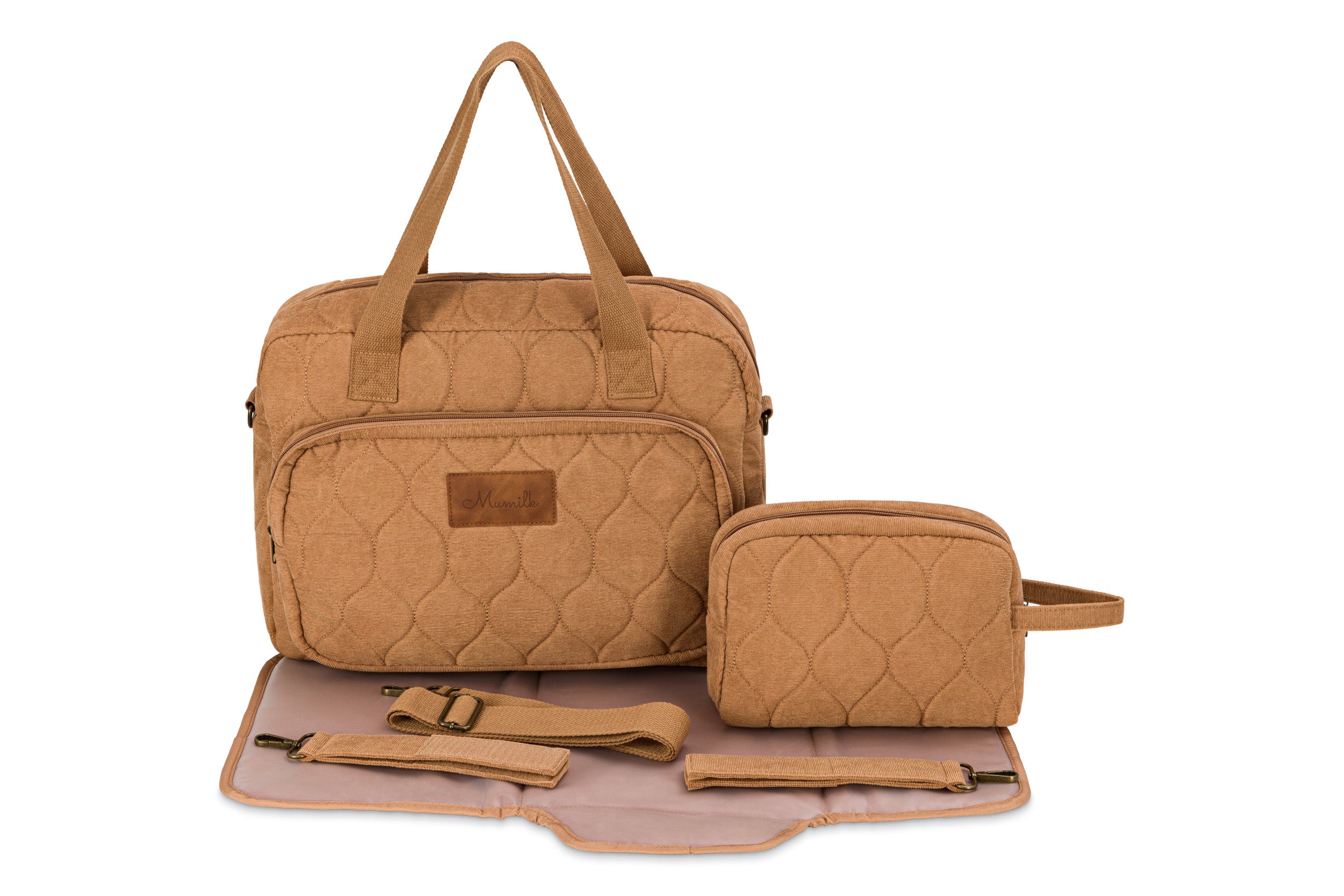
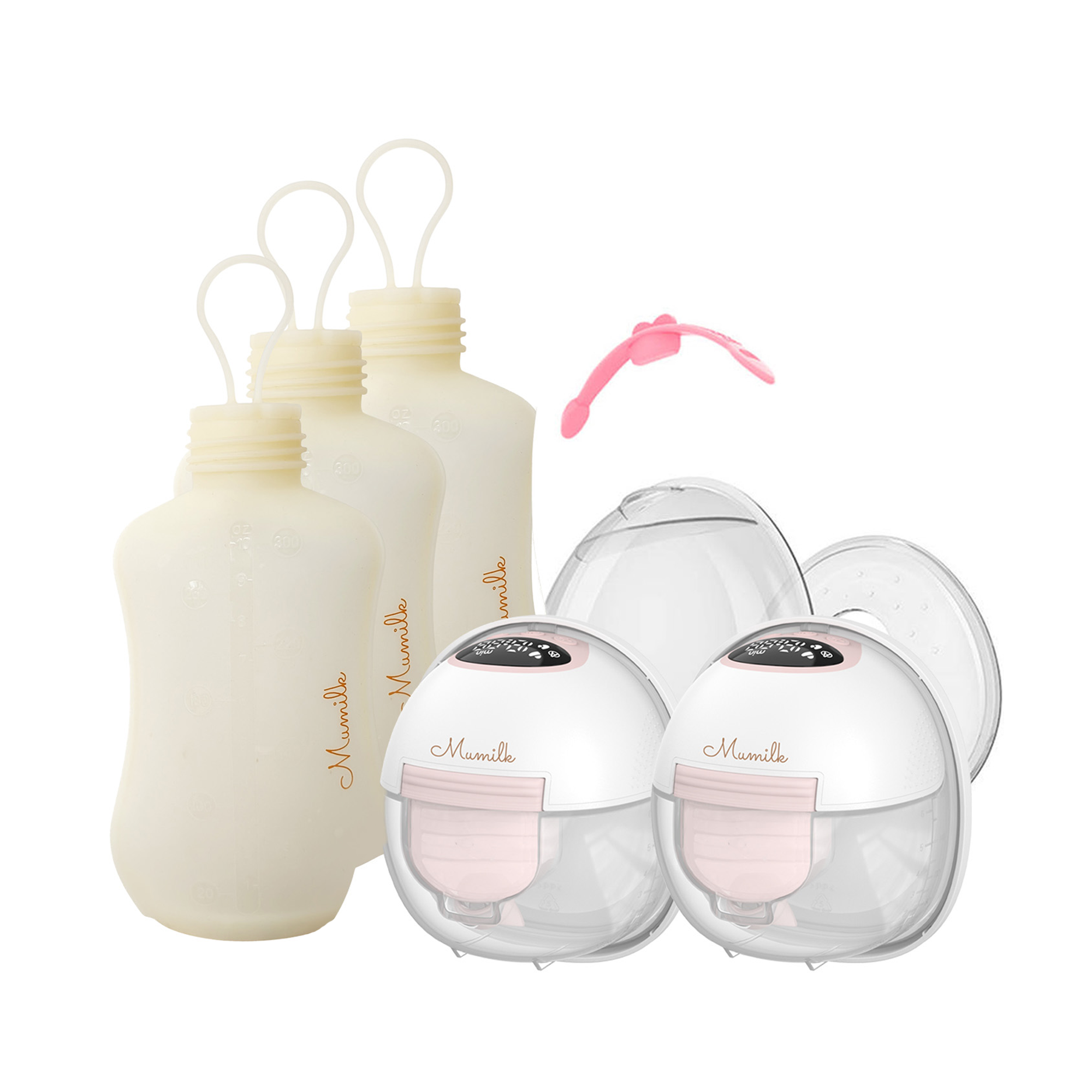
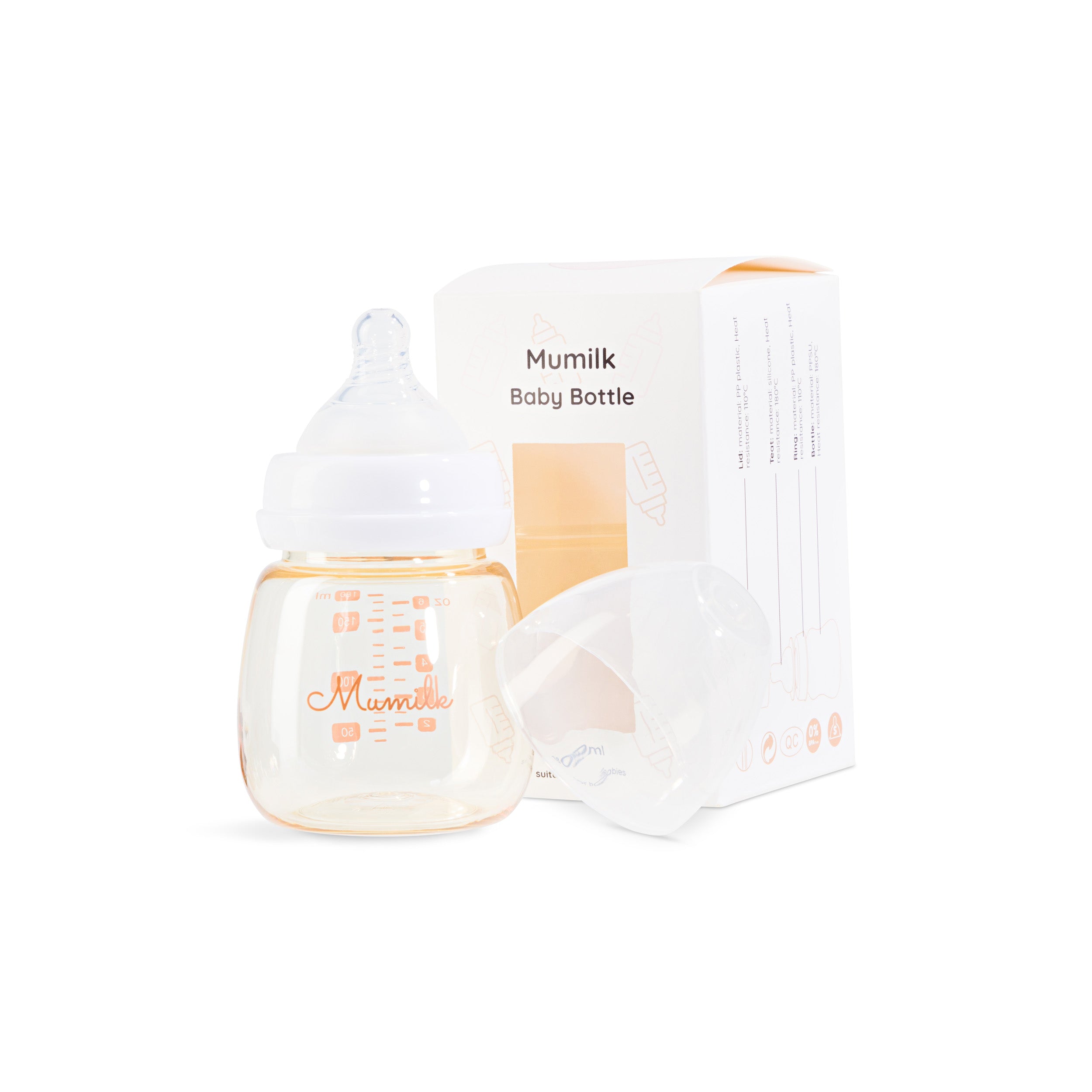
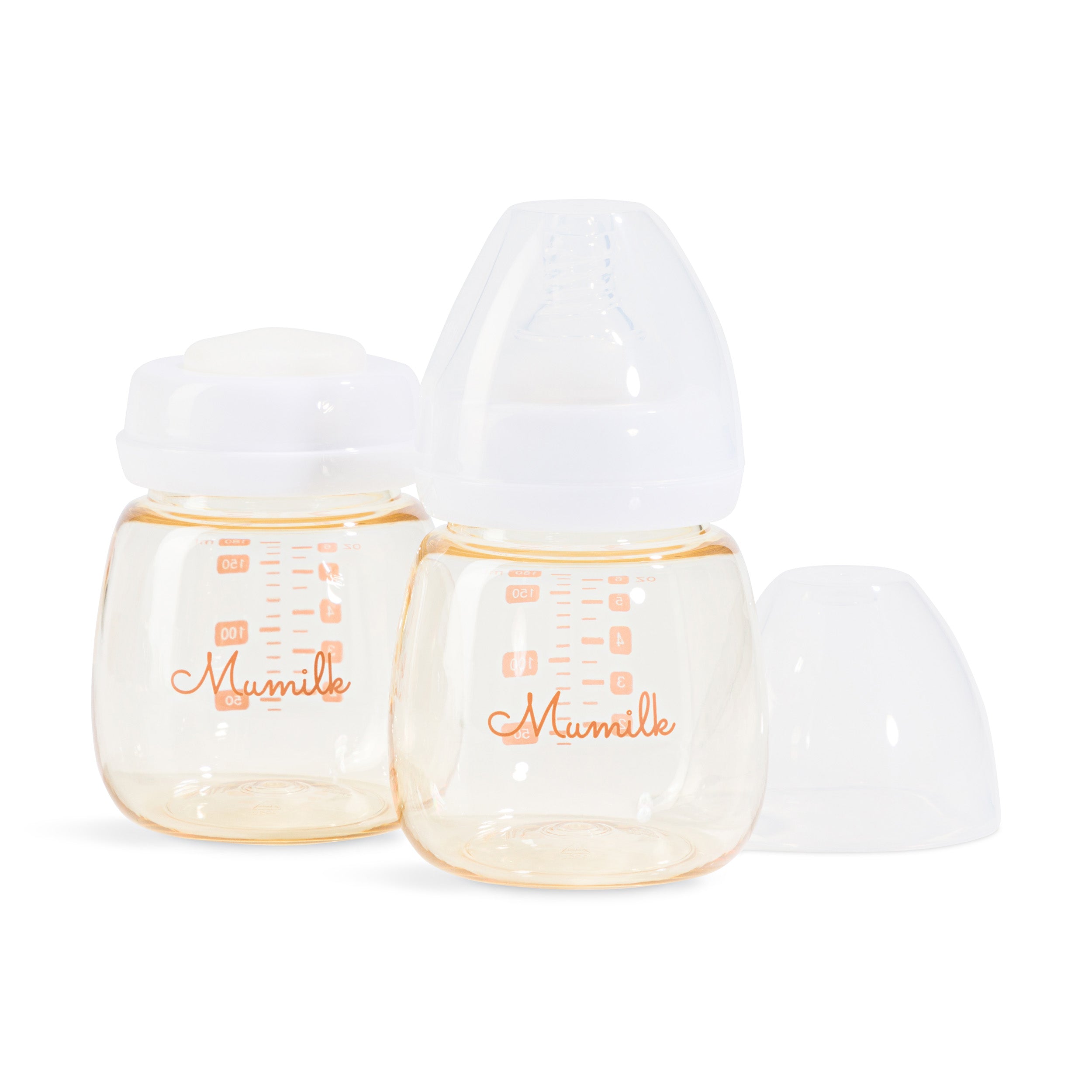
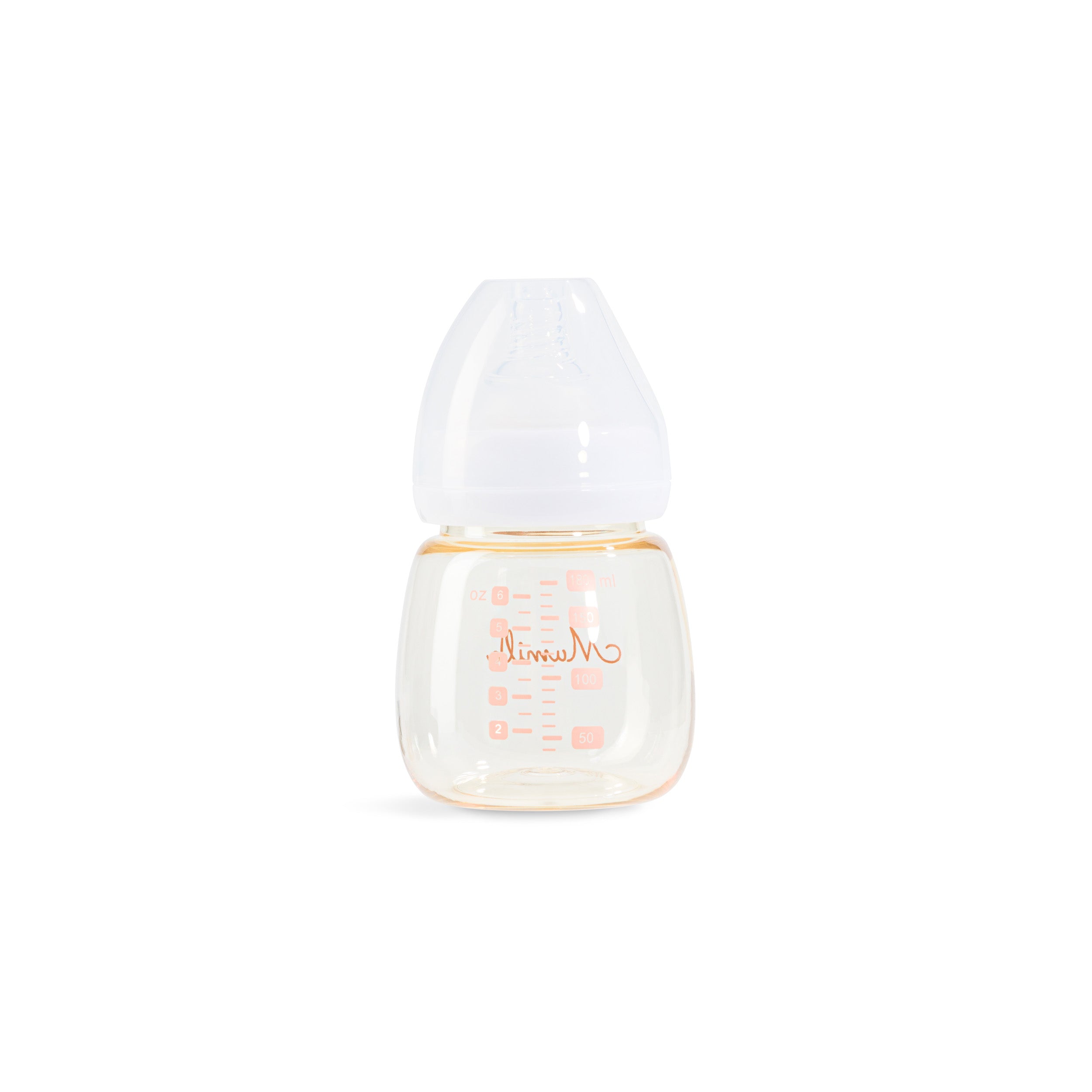
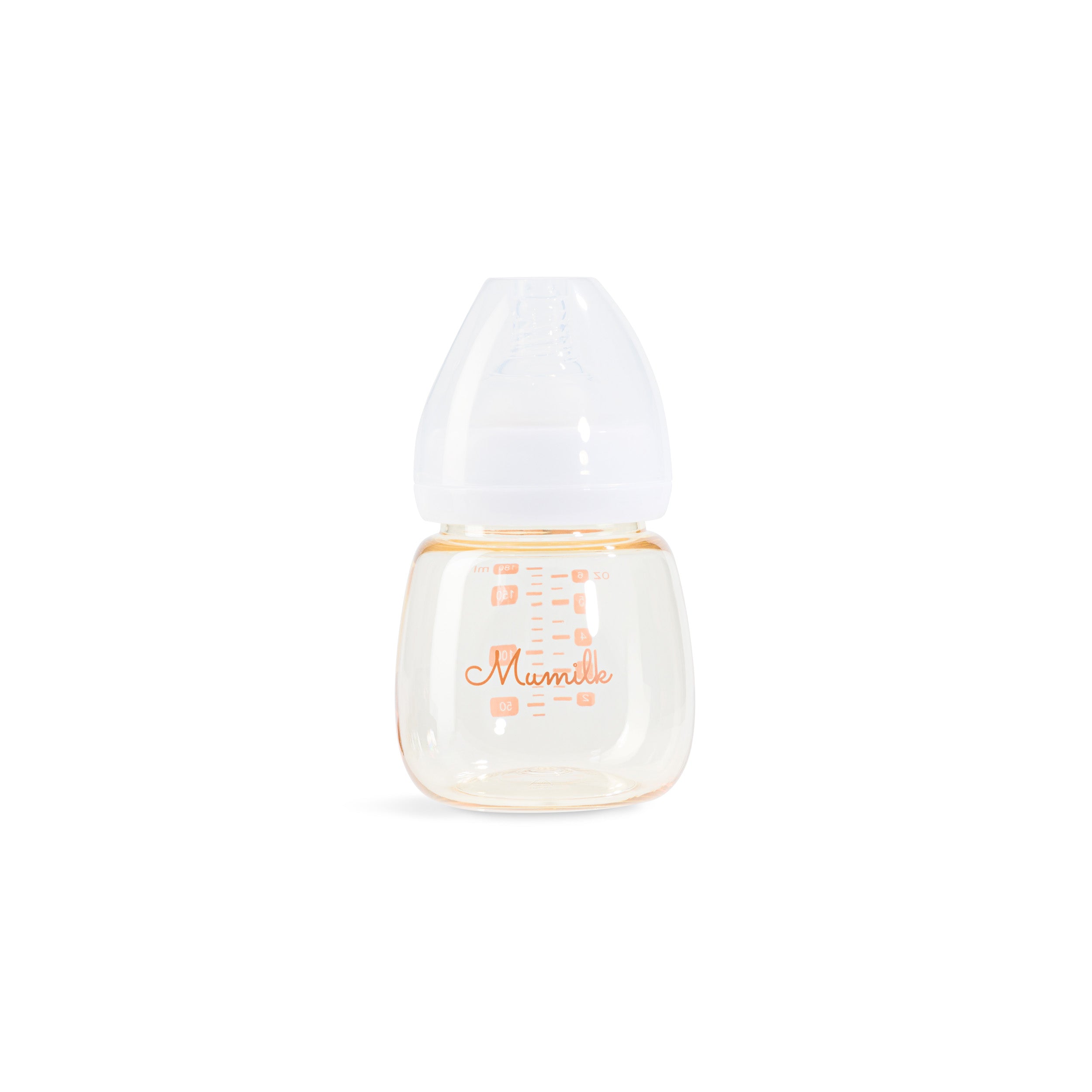
Share:
Fast & Safe Ways to Lose Weight While Breastfeeding (Without Affecting Milk Supply)
Foremilk vs Hindmilk: A Guide to Balanced Breastfeeding